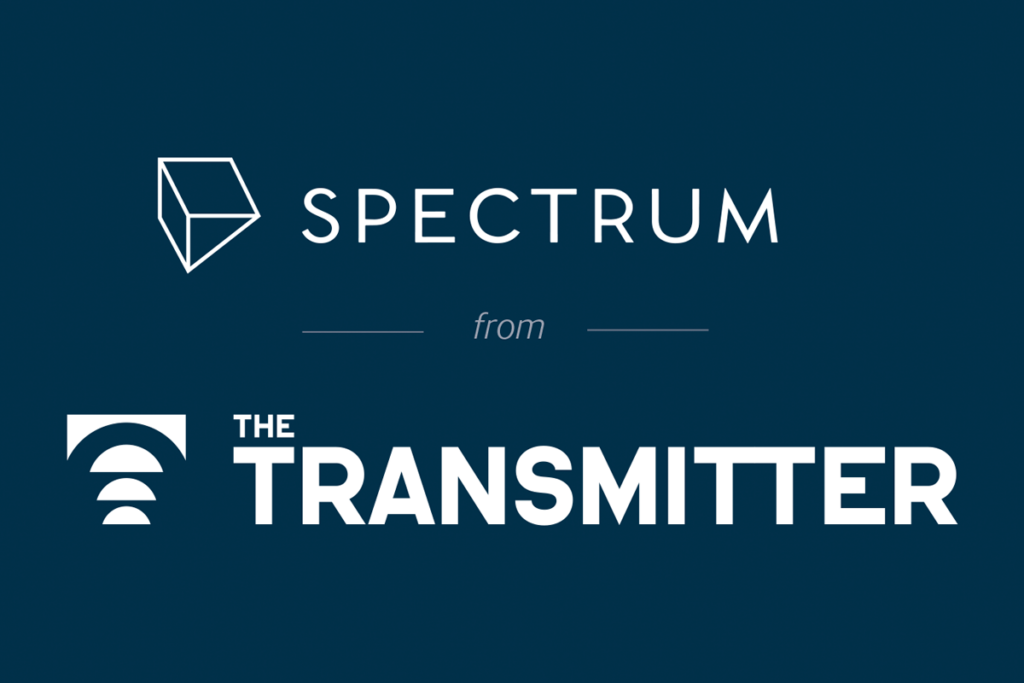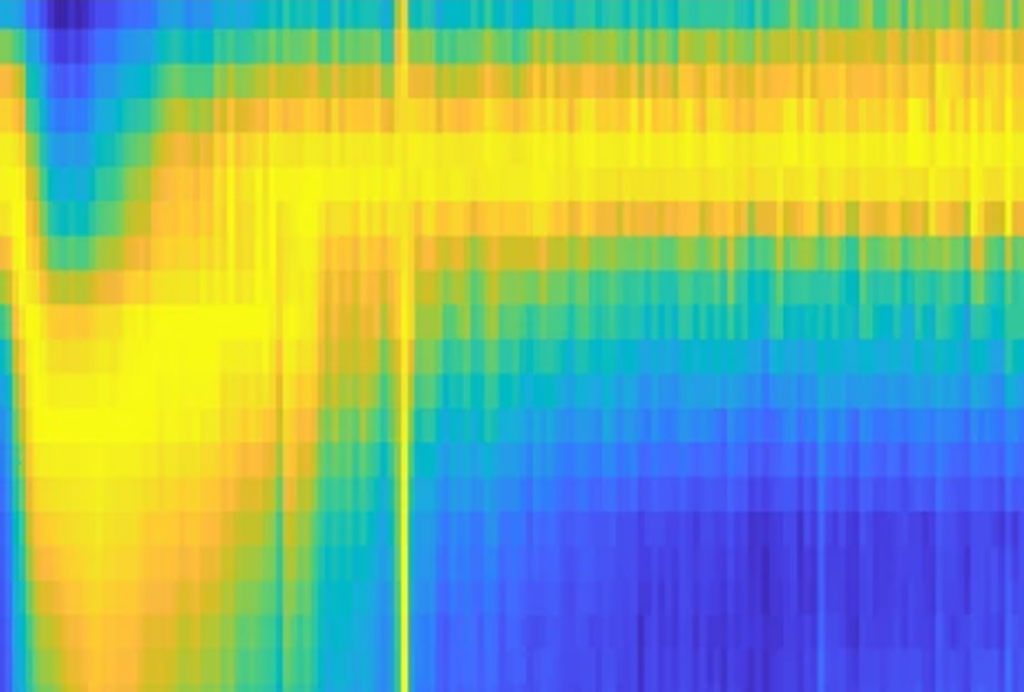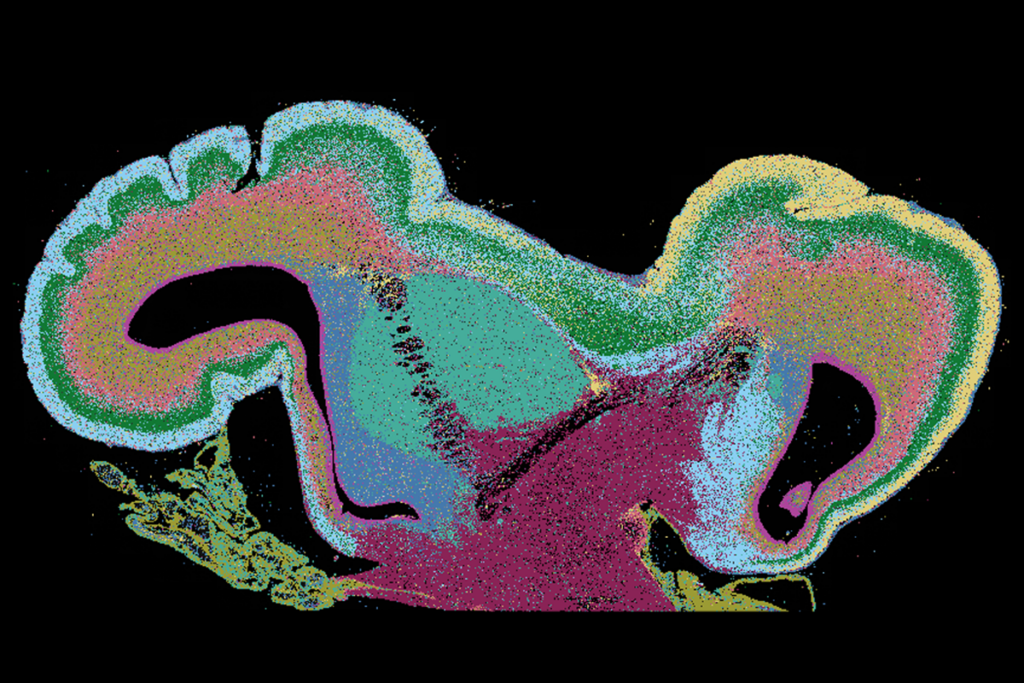Jane Lee is a freelance writer based in Washington, D.C.
Jane Lee
Freelance Writer
SFARI.org
From this contributor
Diagnosis eludes many girls with autism, study says
Girls are less likely to be diagnosed with autism than boys are, unless they also have intellectual or behavioral problems, according to a study published 26 June in the Journal of the American Academy of Child and Adolescent Psychiatry.

Diagnosis eludes many girls with autism, study says
Tuberous sclerosis gene loss triggers autism-like features
Losing one or both copies of TSC1, one of the two genes responsible for tuberous sclerosis complex, in specific cells of the cerebellum can trigger several autism-like behaviors in mice, according to research published 1 July in Nature.

Tuberous sclerosis gene loss triggers autism-like features
Explore more from The Transmitter
Dispute erupts over universal cortical brain-wave claim
The debate highlights opposing views on how the cortex transmits information.

Dispute erupts over universal cortical brain-wave claim
The debate highlights opposing views on how the cortex transmits information.
Waves of calcium activity dictate eye structure in flies
Synchronized signals in non-neuronal retinal cells draw the tiny compartments of a fruit fly’s compound eye into alignment during pupal development.
Waves of calcium activity dictate eye structure in flies
Synchronized signals in non-neuronal retinal cells draw the tiny compartments of a fruit fly’s compound eye into alignment during pupal development.
Among brain changes studied in autism, spotlight shifts to subcortex
The striatum and thalamus are more likely than the cerebral cortex to express autism variants or bear transcriptional changes, two unpublished studies find.

Among brain changes studied in autism, spotlight shifts to subcortex
The striatum and thalamus are more likely than the cerebral cortex to express autism variants or bear transcriptional changes, two unpublished studies find.